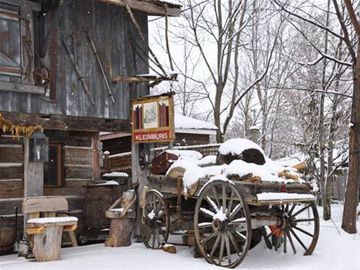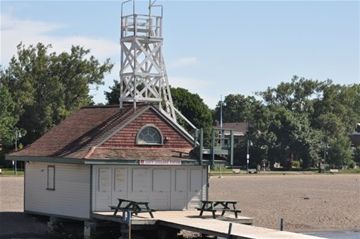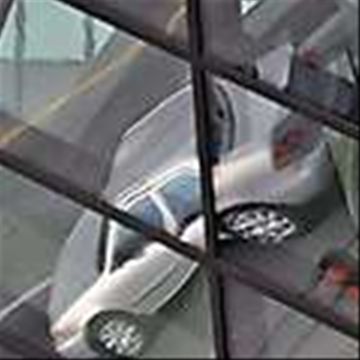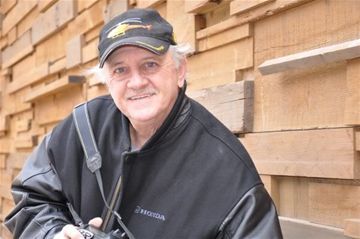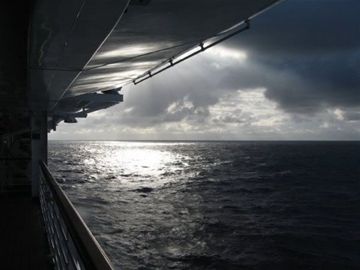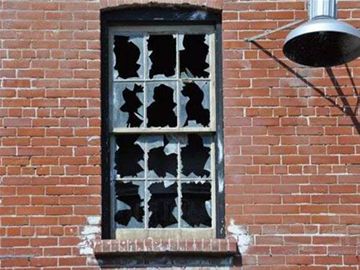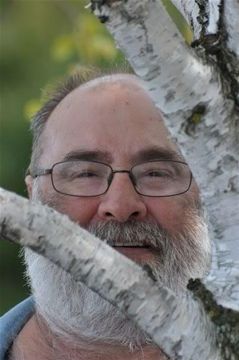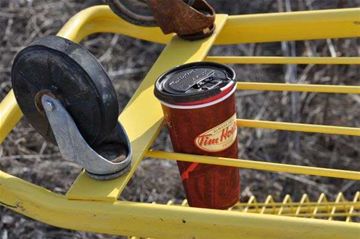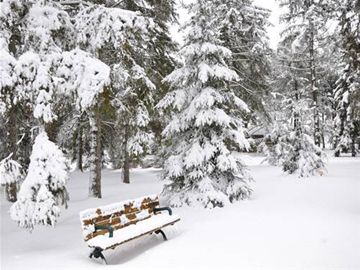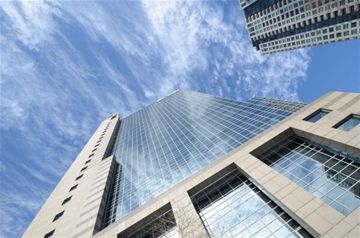Wayne Cook Photography - Videography
Contact
Tel: 647-960-3839Mobile: 647-960-3839
E-mail: View Email
Website: waynecookphotos.redbubble.com
Wayne Cook
Info
Areas Serviced
Toronto & Central Ontario
Expertise:
Visual Artist - Photography - Videography
Languages:
English
About:
I started taking photographs of urban landscapes in 1961 using my fathers Kodak Brownie, some 50 years ago. In 1963, I was given a Leica M3 which I used until 1969. That year, I began to experiment with Poloraid cameras. In 1970, I studied Canadian Art History under Roger Mesley, at Malvern C.I. By 1978, I had aquired a Canon 35 mm camera, which I used until 1988. Now, I use a Nikon D90 along with a Nikon D7000. I have been an oil painter since the 1970s and my father taught me some skills in etching on copper. I have also experimented with some sculpture in wood and stone. My focus has been Muskoka and my aboriginal roots and my heritage from northern Ontario. I am of Metis heritage, along with Scottish, English, Dutch, German, French and Spanish (Canada 1640’s maternal family members). My roots have been traced back to Spain in 1492, where my family were Merchant Bankers, Merchants and wealthy land owners in Spain. My paternal family were “Dons” and expelled from Spain, moved to Germany, Holland, the U.K and then to Canada. My passion is fine art photography, which refers to photographs that are created to fulfill the creative vision of the artist. Fine art photography stands in contrast to photojournalism and commercial photography. Fine art photography is created primarily as an expression of the artist’s vision, but has also been important in advancing certain causes. Fine art describes an art form developed primarily for aesthetics and/or concept rather than utility.This type of art is often expressed in the production of art objects using visual and performing art forms, including painting, sculpture, music, dance, theatre, architecture, photography and printmaking. Schools, institutes, and other organizations often use the term to indicate a traditional perspective on the art forms, often implying an association with classic or academic art. Video art is a type of art which relies on moving pictures and comprises video and/or audio. Video art came into existence during the 1960s, is still widely practiced and has given rise to the widespread use of video installations. Video art can take many forms: recordings that are broadcast, viewed in galleries or other venues, or distributed as video tapes or DVD discs; sculptural installations, which may incorporate one or more television sets or video monitors, displaying ‘live’ or recorded images and sound; and performances in which video representations are included. Video art is named after the video tape, which was most commonly used in the form's early years, but before that artists had already been working on film. One of the key differences between video art and theatrical cinema is that video art does not necessarily rely on many of the conventions that define theatrical cinema. Video art may not employ the use of actors, may contain no dialogue, may have no discernible narrative or plot, or adhere to any of the other conventions that generally define motion pictures as entertainment. This distinction is important, because it delineates video art not only from cinema but also from the subcategories where those definitions may become muddy, as in the case of avant garde cinema or short films. Video art's intentions are varied, from exploring the boundaries of the medium itself, to rigorously attacking the viewer's expectations of video as shaped by conventional cinema. My photographic interests reflect my life and I have photographed in London, Rome, Florence, Paris, Barcelona, Monte Carlo, Lisbon, New York, Los Angeles, Shanghai, Hong Kong, Mexico, Panama City Vancouver and Toronto.

